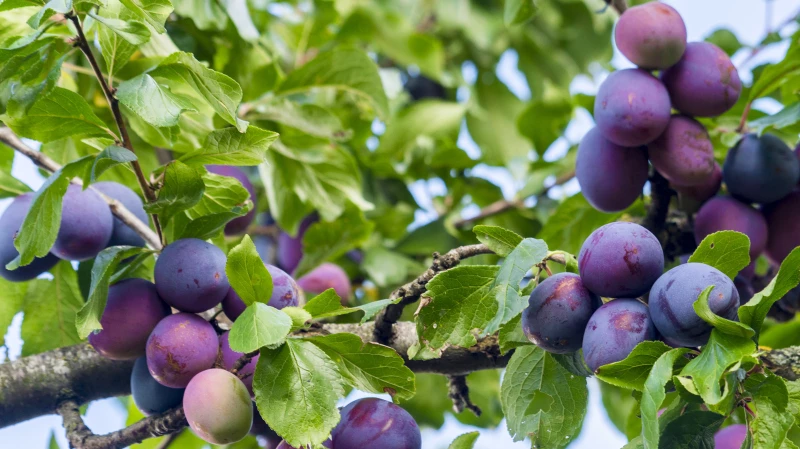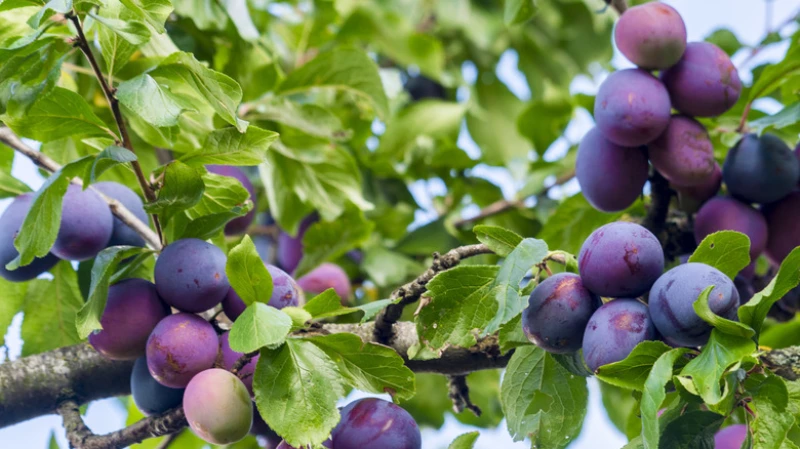You spotted a beautiful plum tree at your local garden center, brought it home, created the ideal soil composition, and ensured it received the right amount of light. When you thought you would be picking plums for your favorite recipes, you couldn't because nothing grew. The problem could have been the lack of a second plum tree planted nearby. Though some plum trees are considered self-fertile, many varieties require a second tree to spur the process. To make sure you get results, you should have at least two plum trees growing as a pair.
The Benefits of Planting Multiple Plum Trees
When it comes to the success of plum trees, there are several factors to consider. In addition to well-drained soil and ample sunlight, planting multiple plum trees can significantly impact their growth and fruit development.
While many plum trees are self-fertile or self-pollinating, having multiple trees nearby can enhance cross-pollination and increase the yield for each tree. This can also lead to better-quality fruit, with the potential for larger and more flavorful plums.
Maximizing Limited Space for Plum Trees
When you have limited space, it can be challenging to accommodate a second plum tree. However, there are options to consider. Start by selecting a dwarf variety that requires less space. Additionally, certain types of plum trees, like European plum trees (Prunus domestica), have a higher likelihood of self-pollination, making them a better choice for small spaces.
If you have limited space but still want to encourage better fruit development, one option is to use smaller varieties of fruit trees in containers. By doing this, you can maximize the available space to position the trees. Many dwarf varieties thrive in container environments as long as they have quality potting soil and the container is large enough to meet their needs. Another possibility is to share plum recipes with your neighbors. Plum trees can pollinate with trees located 100 feet or more away, so by convincing a neighbor to plant a tree, you can expand your pollinating area. The distance over which pollination can occur depends on the variety, but standard-sized trees can often pollinate over a significant distance as long as pollinators are welcomed into your yard.









